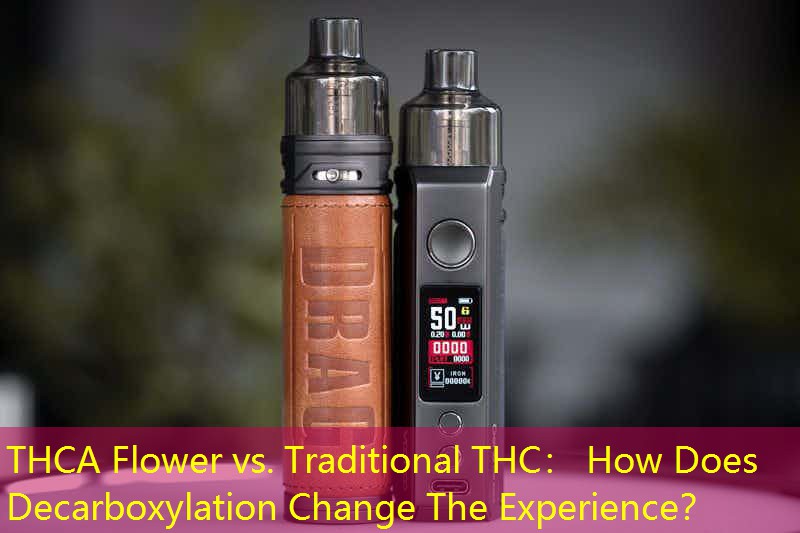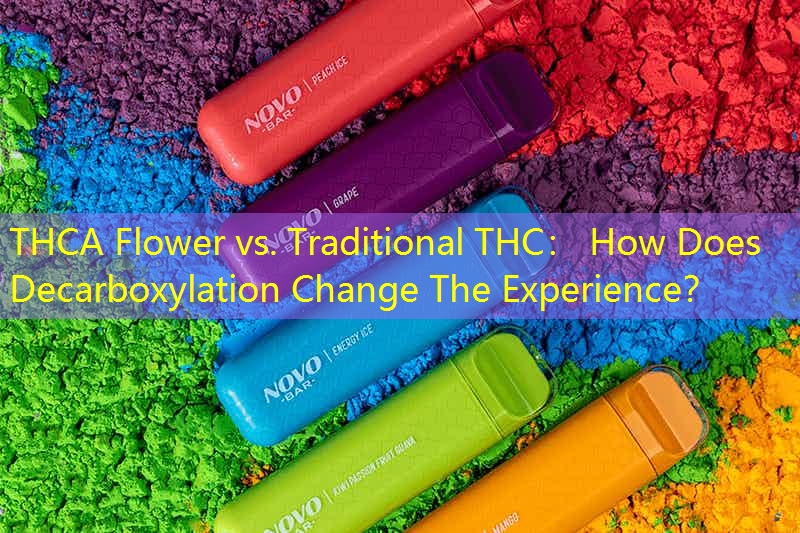Introduction to THCA Flower and Traditional THC
In the evolving landscape of cannabis consumption, Понимание различий между цветом THCA и традиционным THC имеет решающее значение как для начинающих пользователей, так и для опытных энтузиастов. Поскольку каннабиноиды исследуются более широко, Важность декарбоксилирования - процесс, который преобразует THCA, непсихоактивное соединение, в THC, который дает психоактивные эффекты - очевидно. Эта статья углубляется в нюансы цветочного и традиционного THC THC, Изучение того, как декарбоксилирование изменяет пользовательский опыт.
Understanding THCA Flower
THCA flower, получен из растений каннабиса, содержит высокую концентрацию тетрагидроканнабиноловой кислоты (THCA). Это соединение в изобилии в необработанном каннабисе и остается в основном непсихоактивным, пока оно не подвергается воздействию тепла. Пользователи часто ценят THCA за потенциальные терапевтические преимущества, which may include anti-inflammatory properties and neuroprotection without the “высокий” associated with traditional THC. Many users prefer the properties of THCA flower for its purported ability to enhance wellness without influencing cognitive function.
Decarboxylation Explained
Decarboxylation is the chemical reaction that occurs when cannabis is heated, transforming THCA into THC. This transformation typically occurs at temperatures above 220°F (104°C), making methods like smoking, вейпинг, or cooking ideal for activating the cannabinoid. The process not only increases the potency of cannabis but also alters its overall effects, shifting the focus from therapeutic benefits to psychoactive experiences.

Experience Differences: THCA vs. Традиционный ТГК

Users of THCA flower often report a clear-headed experience with minimal psychoactivity, allowing them to engage in daily activities without feeling intoxicated. В отличие, traditional THC can lead to an altered state of consciousness, characterized by euphoria, relaxation, and sometimes anxiety or paranoia. Decarboxylation thus significantly changes the consumption outcome and is fundamental to understanding how different forms of cannabis will interact with your body.
Consumption Methods
For those interested in THCA, consumption typically involves raw cannabis forms—such as juicing or adding it to smoothies. For traditional THC use, smoking, вейпинг, or baking with activated cannabis is the prevalent method. Each method affects the onset and intensity of the experienced effects, hence users should choose their approach based on the desired experience.
Заключение
В итоге, the distinction between THCA flower and traditional THC is rooted deeply in the process of decarboxylation. This process not only elevates the psychoactive properties of cannabis but also transitions its use from purely therapeutic to recreational. Understanding these differences is essential for users aiming to harness the benefits of cannabis optimally, whether seeking wellness or enhanced sensory experiences. As the cannabis industry continues to innovate, both THCA and THC will play vital roles in the future of cannabinoid therapies and recreational use.







